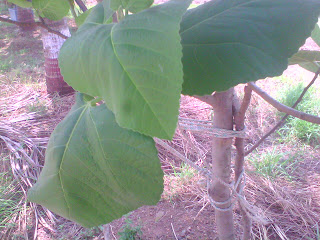Boswellia serrata, commonly known as Indian frankincense, is a small to medium-sized deciduous tree native to India, the Arabian Peninsula, and parts of Northern Africa. This tree belongs to the family Burseraceae and is well-known for the resin it produces, which has been used for its medicinal properties for centuries. Here are some key characteristics and uses of Boswellia serrata:
1. Appearance:
Boswellia serrata is a relatively small tree that can grow up to 8 meters in height.
The leaves are pinnate, with several leaflets, and they are typically compound in structure.
The tree produces small, pale white to yellow flowers.
2. Medicinal Uses:
The resin obtained from the bark of Boswellia serrata, known as Indian frankincense or olibanum, has been used in traditional medicine systems such as Ayurveda and traditional Indian folk medicine.
The resin is known for its potential anti-inflammatory and analgesic (pain-relieving) properties.
It has been used to treat various ailments, including joint pain and inflammation, arthritis, and digestive disorders.
Boswellia serrata supplements, often in the form of capsules or tablets, are available and used for their potential health benefits.
3. Aromatherapy:
The essential oil extracted from Boswellia serrata resin is used in aromatherapy for its calming and soothing properties.
4. Environmental Role:
The tree plays a role in supporting local ecosystems, and it is often found in arid and semi-arid regions.
5. Conservation:
While not globally threatened, localized overharvesting for resin and habitat loss in some regions may warrant conservation efforts.
Boswellia serrata resin, often referred to as Indian frankincense, is a valuable natural product with a history of traditional use in medicine and aromatherapy. Its potential anti-inflammatory properties make it a subject of interest in modern research as well.
Common names :-Gujrati. Dhup; Hindi. Salgond -Guggula; Matrathi. Salai.





 Calotropis procera | Madar | image
Calotropis procera | Madar | image